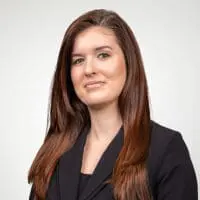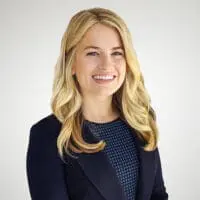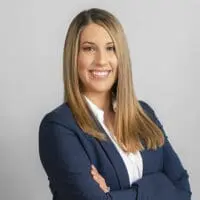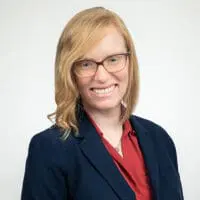SWIPLit
Much Anticipated Federal Circuit En Banc Decision on Patentable Subject Matter Leaves Many Questions Unresolved
Alice owns four patents directed to a computerized trading platform used for conducting financial transactions in which a third party settles obligations between a first and a second party so as to eliminate “counterparty” or “settlement” risk. Settlement risk refers to the risk to each party in an exchange that only one of the two parties will actually pay its obligation, leaving the paying party without its principal or the benefit of the counterparty’s performance. Alice’s patents address that risk by relying on a trusted third party to ensure the exchange of either both parties’ obligations or neither obligation. Certain of Alice’s patent claims recite methods of exchanging obligations between parties. Other claims recite data processing systems, while a third set of claims are directed to “computer-readable media” containing a program code for directing an exchange of obligations.
Section 101 provides that “[w]hoever invents or discovers any new and useful process, machine, manufacture, or composition of matter, or any new and useful improvement thereof, may obtain a patent therefor, subject to the conditions and requirements of this title.” Although the stated categories of patent-eligible subject matter are broad, there are three judicially-created exceptions: “laws of nature,” “natural phenomena,” and “abstract ideas.” The concern underlying these exceptions is that patents covering elemental concepts would inhibit rather than promote innovation. But as Judge Lourie (joined by four others) confessed, “[w]hile simple enough to state, the patent-eligibility test has proven quite difficult to apply.”
Seven of ten Federal Circuit judges agreed that the subject matter of Alice’s method claims and computer-readable medium claims were not patent eligible under § 101 and were therefore invalid, although only five of the seven took the same path to this result. Addressing the method claims, Judge Lourie (for the five) noted that “[t]he concept of reducing settlement risk by facilitating a trade through third-party intermediation is an abstract idea because it is a ‘disembodied’ concept, a basic building block of human ingenuity, untethered from any real-world application.” The computer-readable medium claims were deemed to be “equivalent” to the ineligible method claims because they were “merely method claims in the guise of a device.”
No majority of judges agreed as to patentability of the system claims. Judge Lourie noted the danger in “reward[ing] … clever claim drafting that the Supreme Court has repeatedly instructed us to ignore,” and he deemed the claims to be patent ineligible because the computer-based limitations – which recited “a handful of computer components in generic, functional terms” – did not “support any meaningful distinction” from similarly deficient limitations in the method claims. In contrast, Chief Judge Rader, joined by three others, opined that the system claims are patent eligible because the recited structural components – a computer, a device, a storage unit, and a communications controller – meant that any “abstract idea” in the claims was not “disembodied” but instead was “integrated into a system utilizing machines.”
In the end, practitioners and interested stakeholders are unlikely to glean much clarity from CLS Bank. As Chief Judge Rader pointed out, “though much is published today discussing the proper approach to the patent eligibility inquiry, nothing said today beyond our judgment has the weight of precedent.” And, as Judge Moore (joined by four others) observed, “[t]his case presents the opportunity for the Supreme Court to distinguish between claims that are and are not directed to patentable subject matter.” The line dividing patentable subject matter from ineligible “abstract ideas” may well remain elusive at least until the Supreme Court’s next pronouncement on the subject. The wait for that pronouncement may not be long, given the evident lack of agreement among the Federal Circuit judges.




















